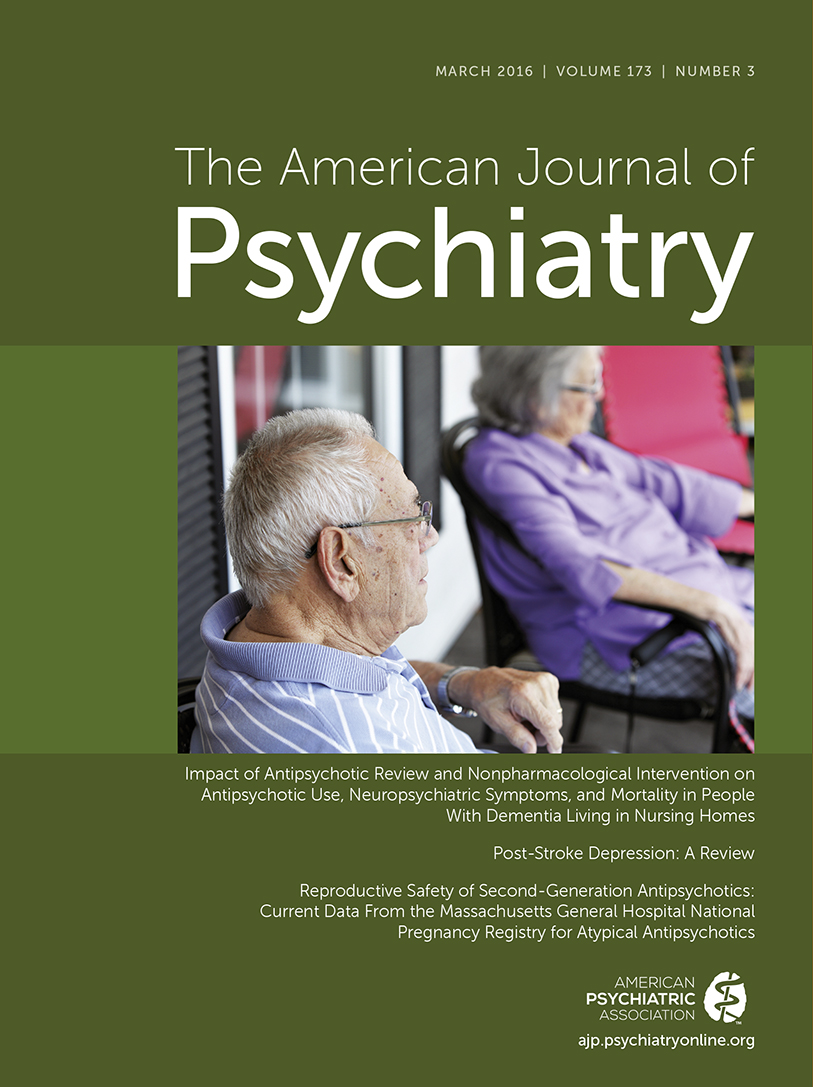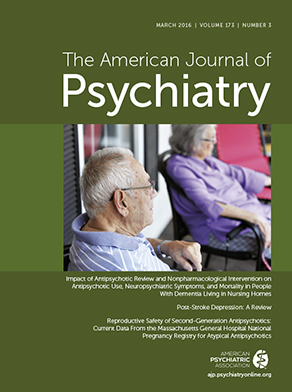Mass killings, most of them committed with guns, occur about once every 2 weeks in the United States. Over half are directed at family members. About 15% are public killings of persons not closely related to the shooter, and they account for 40% of victims. The killings are not the chief cause of violent death attributable to behavioral problems—over 10,000 per year are killed by drunk drivers and over 40,000 by suicide—but the deliberate infliction of harm to other human beings with the intent to kill as many as possible provokes a special sense of horror. We can point to the lack of effective gun control, the glorification of violence in the press, the fantasies of violence that fill films and video games, the lack of adequate treatment availability for the mentally ill, and the chilling effect of stigmatization on families and patients who might otherwise seek treatment. We are limited by commitment laws that restrict involuntary treatment and by the Congressional prohibition on federally funded research into guns and violence. The overall rates of violence are no different between those who are mentally ill and those who are not, and therefore the commonly voiced proposal that gun restrictions should apply specifically to persons with mental illness makes little sense and is potentially further stigmatizing (
1). However, a disproportionate number of mass killings are perpetrated by mentally ill individuals. Some are psychotic, but others are not. Some individuals have a persistent history of violent behavior since childhood, and while this small group accounts for a relatively small proportion of total violence in our country, their rate of violence is extremely high.
Many psychiatrists who study the factors that contribute to violence have used their expertise to try to prevent further violence by monitoring the incarceration and release of individuals in the forensic system. However, as a profession we have not assumed a major role in establishing programs to prevent violence. A problem in assuming such a role is that we have limited abilities to identify individuals who will commit violence or to prevent them from doing so. On the one hand, we can identify a relatively small group of individuals who have an extremely high risk. On the other hand, because the overall rate of violence is low, even in these highest-risk groups, we would identify as many false positives as true positives. Such difficulties are illustrated in many at-risk populations. For example, efforts to study prisoners convicted of violent crimes have found that previously violent psychotic prisoners who are discharged with unresolved paranoid delusions frequently commit further violence (
2). On the other hand, these individuals account for only a small proportion of violent crime overall. Brain imaging has been used to develop other prognostic indicators. Defects in activation of the cingulate cortex, which normally promotes behavioral intervention, are predictive of which prisoners will be rearrested after release for new violent acts (
3). However, on its own, brain imaging remains of minimal clinical value in the prediction of violence.
Wider-spread efforts to prevent violence would benefit from significant improvements in our ability to use brain imaging and brain mechanisms to identify the predisposing traits with sufficient precision to support early treatment efforts. Such efforts have begun to succeed for childhood anxiety disorders, where recent research has identified how anxiety is transmitted from parent to child (
4). A similar effort has begun for children showing early signs of potential violence. James Blair and colleagues are conducting an ongoing series of studies to identify specific brain mechanisms in adolescents who have behavioral traits that are associated with future violence (
5). These efforts involve careful dissection of the different types of aggression and several predisposing factors. The extensive comorbidity with attention deficit hyperactivity disorder (ADHD), anxiety, and disruptive behavioral disorders complicates such efforts, as does the additional factor of sociopathy, termed callous-unemotional traits in children. An article published in this issue, by White et al. (
6), extends their work to consider retaliatory aggression. Retaliation for perceived slights is a common proximal cause of violent acts and mass homicides in particular.
In the White et al. study, youngsters (age 15 on average) with disruptive behavior disorders (DBD) were referred by their parents and by community mental health clinicians. These troubled children are generally well known in their communities, to school counselors, family physicians, coaches, clergy, and others. None were in the juvenile justice system at the time, but after the study a number of them were remanded there. Nearly half of the sample was female. It is a testimony to the common incidence of this syndrome that 45 children were studied, despite a series of exclusionary comorbidities.
The investigators gave the youngsters an opportunity to retaliate for perceived slights during a social interaction game, which unfolded during brain scans using functional MRI. The team found that the pathophysiology of retaliatory aggression is independent from that of callous-unemotional traits. In other words, the kinds of sociopathic features that are associated with serial criminals are not the same as those associated with aggression that occurs in the context of retaliation. The retaliatory behavior was elicited in a game in which the research subjects were offered either “fair” or “unfair” arrangements. The subjects could “punish” an opponent who has been “unfair” by way of a financial penalty. All children were willing to punish markedly unfair behavior, but children with DBD were about 50% more likely to punish a moderately unfair behavior. The underlying neuropathophysiology involved an abnormal interaction between brain areas closely related to emotional behavior—the amygdala, the periaqueductal gray, and the ventromedial prefrontal cortex. In general terms, the healthy children appear better able to use their ventromedial prefrontal cortices to modulate their amygdalar responses. Retaliatory behavior is associated with diminished capacity for this control.
The physiological differences do not at this point have enough specificity and sensitivity to be useful for identifying individuals at risk of committing violence. Where they could have some use, as suggested by the authors of the study, is in helping to design and monitor treatment studies. Pharmacological treatments or desensitization techniques might diminish the amygdala or periaqueductal gray response. Educational efforts, perhaps delivered in traditional individual, group, or family psychotherapy settings or through multimedia web-based systems, or both, might increase the regulatory role of the ventromedial prefrontal cortex. Imaging might be useful in monitoring the potential therapeutic effects of these interventions, since actual violent retaliatory acts are generally too sudden and unpredictable to be useful in assessing the efficacy of intervention.
These possible uses are in the future, and there are caveats to the findings of this study that should be considered. Comorbid ADHD and anxiety have effects that need to be addressed in any treatment plan. Although functional MRI provides more mechanistic information than the subjects’ behavior alone, this measure of hemodynamic activity is only an indirect indication of how the brain works. Nonetheless, we have the beginning of an answer to the question of why, a question that has vexed moral philosophers for hundreds of years: Why do individuals engage in seemingly purposeless acts of mass violence?

